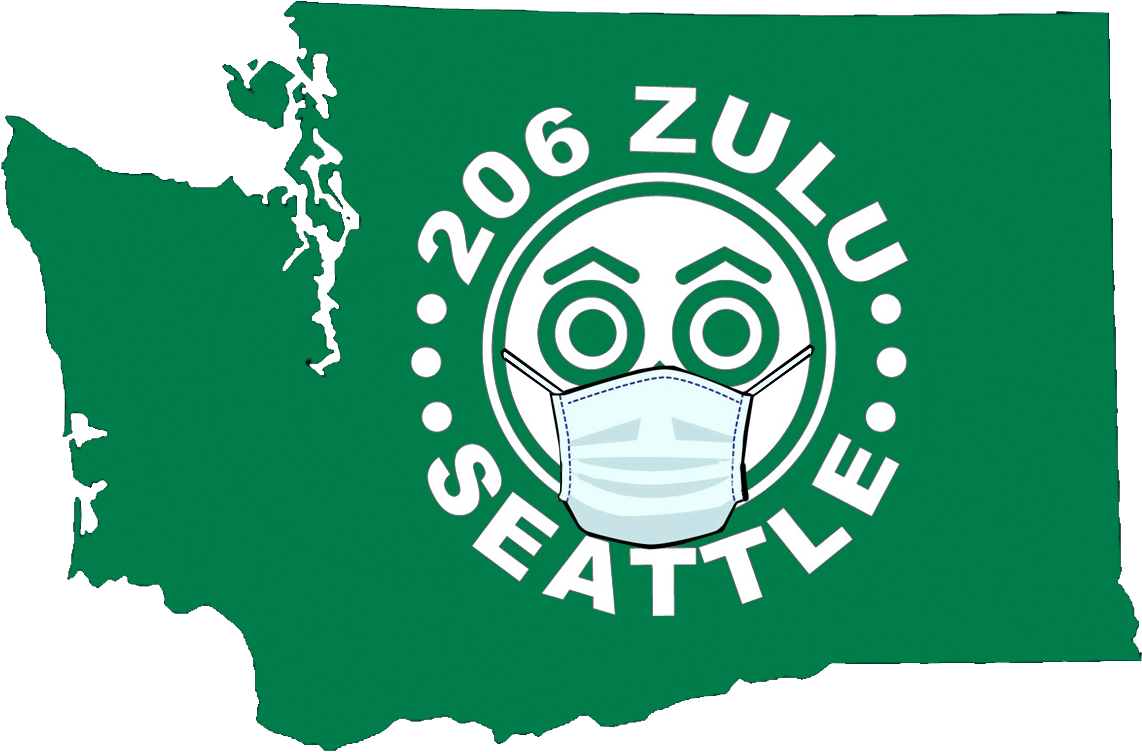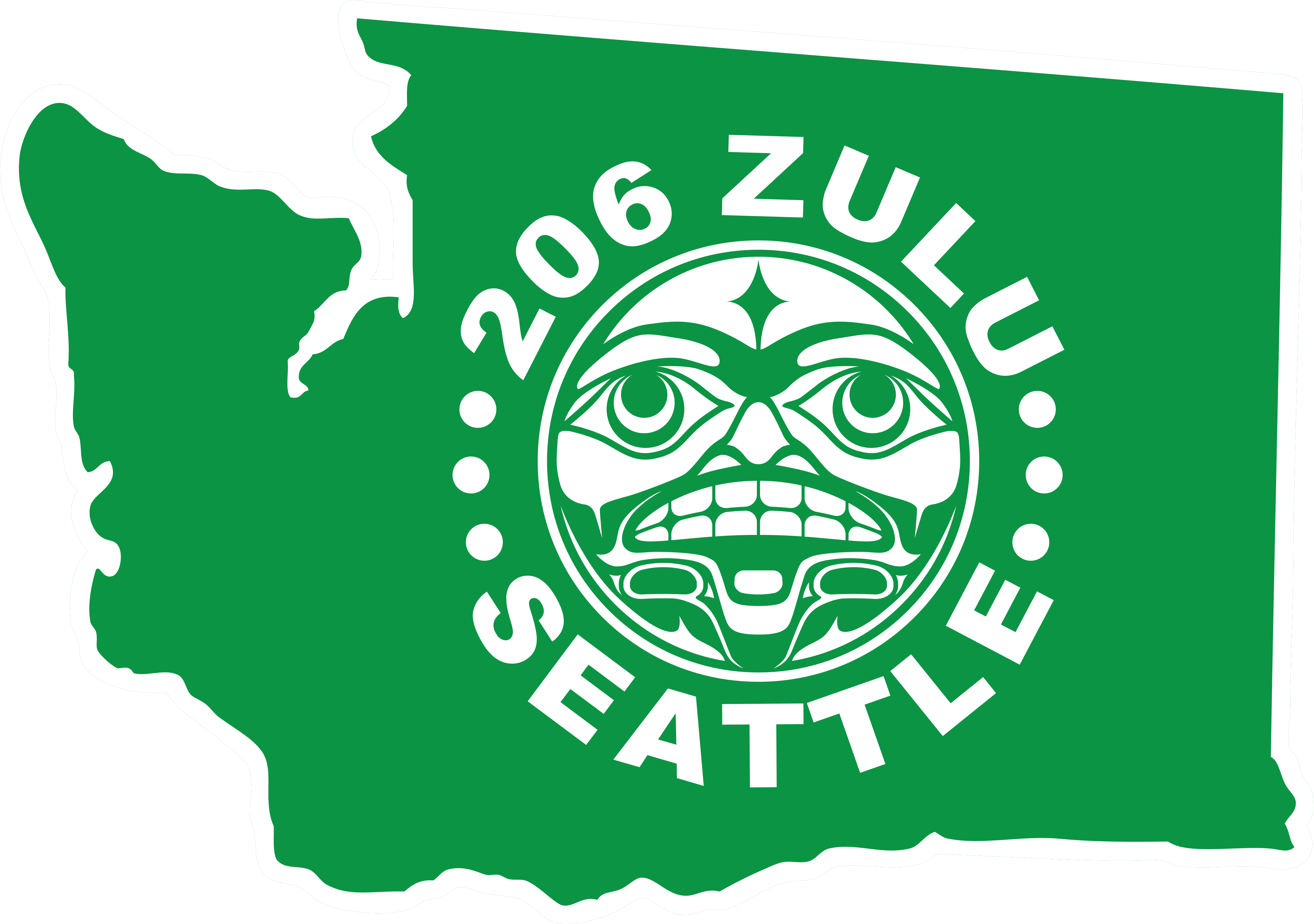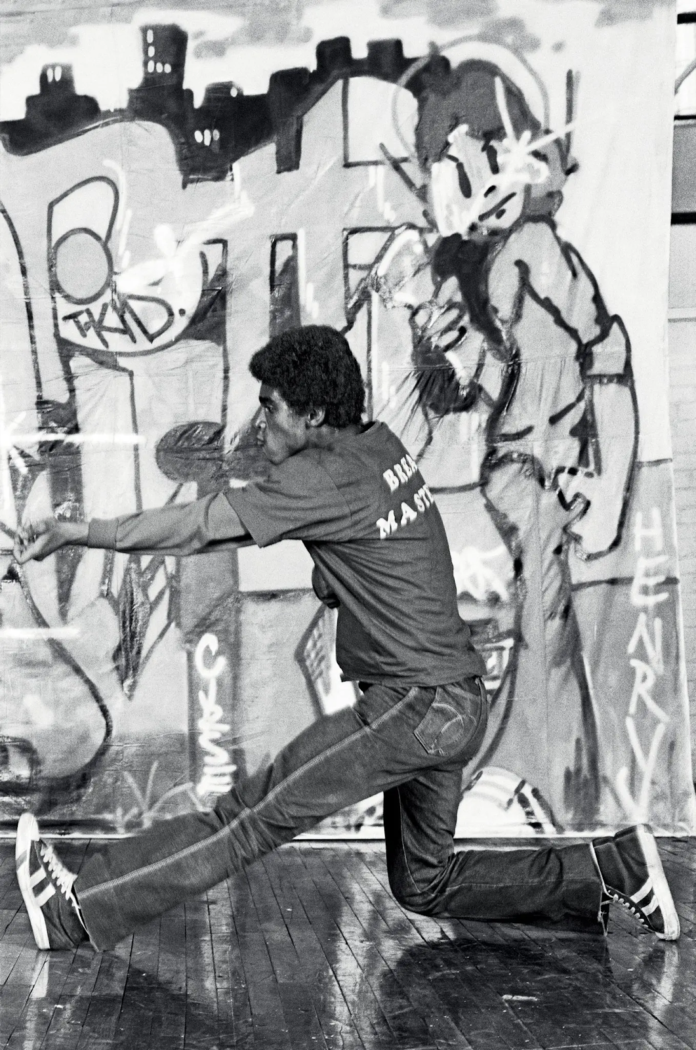Note from the editor: In our continued celebration of 50 years of Hip Hop Culture, 206 Zulu News is taking time to look at moments along the timeline of Hip Hop’s evolution, both big and small. Knowing that sometimes small instances can tell the biggest stories, staff writer Camilo Almonacid has taken on the task of looking deeper into those single moments that contain the people, places, politics, and power of day to day life in this vivid and dynamic culture. Using historic photos as prompts, this series aims to expand on these seconds and minutes, drawing out how deep the answer can be to the question, ‘what’s in a moment?’
In these first four installments, Camilo will explore the stories found in the spaces and settingsshown in this series of remarkable photographs…
Photo #3: Frosty Freeze (Photographer: Martha Cooper)
The solar winds of spring blew a vertiginous vortex of possibility. Frosty Freeze and the Rock Steady Crew were rehearsing at Common Ground, a loft in the SoHo area of Manhattan, a day before performing for an exhibit of NYC subway graffiti. The exhibit was being curated by a sculptor and photographer named Henry Chalfant who was attempting to document popular culture in the 20th century.
Sometime, at an unknown hour in the afternoon, The Ball Busters, a Dominican gang from 137th Street with a reputation for starting fights, walked into the loft. The residents watching were unsure if this was part of the visual anthropology or a staged performance. But the intention was evident to the ones who had come from Harlem or the South Bronx, accustomed to the wars of attrition.
One of the graff writers affiliated with Rock Steady said, “Yo, here come the Ball Busters.” Everybody knew it meant trouble. Fab Five Freddy grabbed a chair. Others ran toward the door.
The Ball Busters, like some other street gangs of the time, were determined and thirsty for combat in any form. They prided themselves on it and wanted to be famous for their territorial disputes and adversarial relationships, consistently living up to their name. There were stories of the Ball Busters fiercely walking up to people and robbing them for their Gazelles or gold chains. They would stab, punch, and shoot, but their preference was doing stomp-outs. Tonight, for no apparent reason other than some cross town beef, somebody was getting stomped out.
In the heat of the moment, Rammellzee, a gothic futurist graffiti writer, pulled out a machete, protecting himself from the Ball Busters who were coming toward him and his friends.
Somebody from Rock Steady yelled, “Gun!”
And then somebody else said, “Yo, yo, let’s settle this.”
“How do you wanna do this?”
“I ain’t dancing with you,” said one of the brawly Ball Busters, chasing their adversaries out into the street.
Fortunately, on May 2nd 1981, no shots were fired, no blood was shed by a single machete, but unfortunately, the event was postponed.
Not long after, the forces of peace prevailed and the planned exhibit took place at the Kitchen, an experimental and avant-garde performance space. The show was called “Graffiti Rock” and according to the legendary b-boy Crazy Legs, this was the first time Hip Hip was presented as a culture with all four elements. While evolving and beginning to be embraced by the world, Hip Hop still gave new meaning to the popular saying, you can take the tiger out of the jungle, but you can’t take the jungle out of the tiger.


